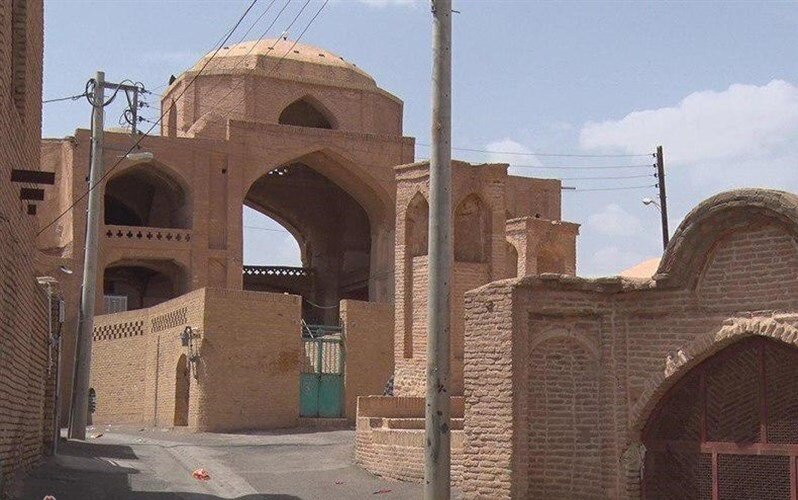Khosro Mosque restoration ends

TEHRAN—A project to restore the interior spaces of the 18th-century Khosro Mosque of Ardestan in central Iran to its former glory is nearing completion.
A team of restorers have treated the mosque’s plasterwork, floorings, and ceilings as well as reinforcing its load-bearing walls in two months, Ardestan’s tourism chief said on Wednesday.
The three-story mosque is one of the most stunning and treasured historical and religious buildings in this city, which is of high importance when it comes to architectural spender, the official said.
Narratives say that place of worship was built by one of the elites of the time named Khosro in 1723.
Predominantly, two main types of mosques can be distinguished: the masjid jameh, or “collective mosque,” a large state-controlled mosque that is the center of community worship and the site of Friday prayer services; and smaller mosques operated privately by various groups within society.
The first mosques were modeled on the place of worship of the Prophet Muhammad (PBUH)—the courtyard of his house at Medina—and were simply plots of ground marked out as sacred.
Though the mosque as such has undergone many architectural changes, the building remains essentially an open space, generally roofed over, containing a mihrab and a minbar, with a minaret sometimes attached to it. The mihrab, a semicircular niche reserved for the imam to lead the prayer, points to the qiblah—i.e., the direction of Mecca. The minbar, a seat at the top of steps placed at the right of the mihrab, is used by the preacher (khatib) as a pulpit. In the early days of Islam, the rulers delivered their speeches from the minbar.
Outside the mosque stands the minaret, which was originally an elevated place but is now usually a tower. It is used by the muezzin to proclaim the call to worship five times each day. A place for ablution, containing running water, is usually attached to the mosque but may be separated from it.
AFM
Leave a Comment